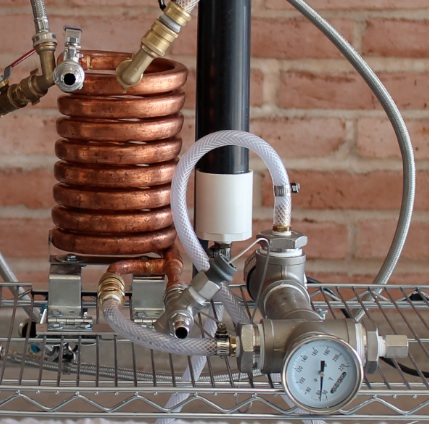I'm looking for ways to better stabilize my mash temperatures for improved brew repeatability after repeating a few of my brews and getting just slightly different results (some other variables though - hop availability, grain substitutions etc.)
I do BIAB, and would love to add a tower of power controller, RIMS tube, an element or a control panel to my setup, but it just isn't in the budget unfortunately - and I can't find any low-priced alternatives.
I was wondering if anyone is recirculating with a pump and using something like this Thermoworks ChefAlarm that alerts you of high/low temperatures: http://www.thermoworks.com/products/alarm/chefalarm.html

My thoughts would be that I'd add direct heat through my propane burner if needed while recirculating to maintain a consistent mash temperature. I do this already with a thermapen, but do not recirculate. I have noticed at some times I can have 5 or 6 different temperatures going while mashing.
Does anyone do this with their BIAB setups? Does recirculating help? What are your experiences?
Thanks all
I do BIAB, and would love to add a tower of power controller, RIMS tube, an element or a control panel to my setup, but it just isn't in the budget unfortunately - and I can't find any low-priced alternatives.
I was wondering if anyone is recirculating with a pump and using something like this Thermoworks ChefAlarm that alerts you of high/low temperatures: http://www.thermoworks.com/products/alarm/chefalarm.html

My thoughts would be that I'd add direct heat through my propane burner if needed while recirculating to maintain a consistent mash temperature. I do this already with a thermapen, but do not recirculate. I have noticed at some times I can have 5 or 6 different temperatures going while mashing.
Does anyone do this with their BIAB setups? Does recirculating help? What are your experiences?
Thanks all





